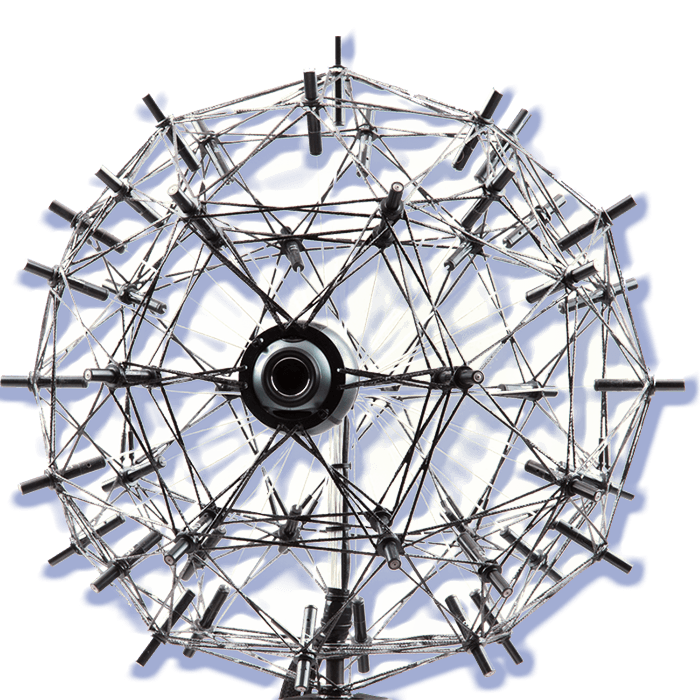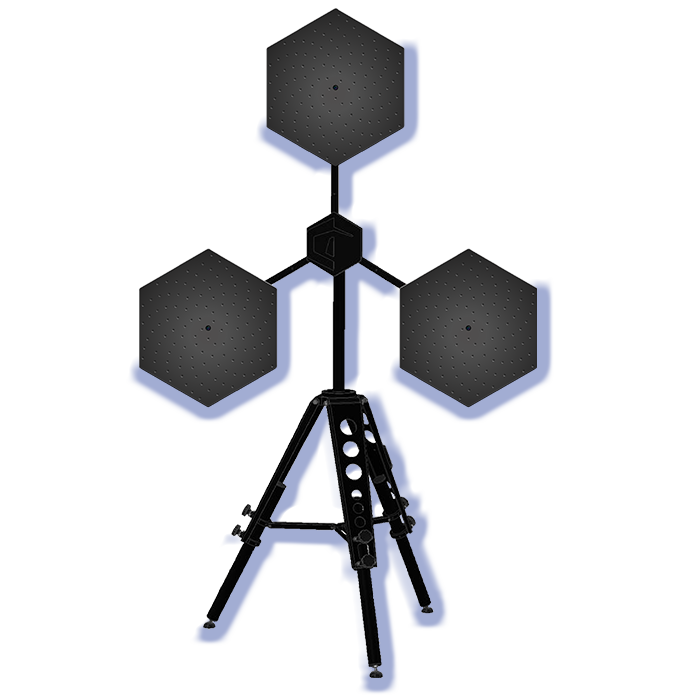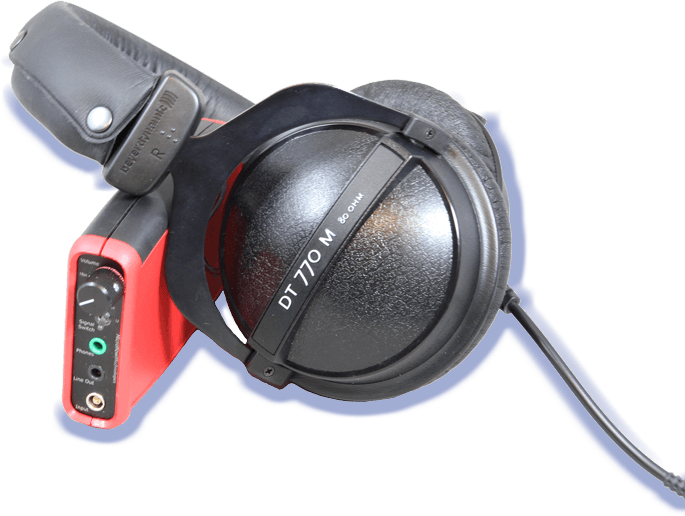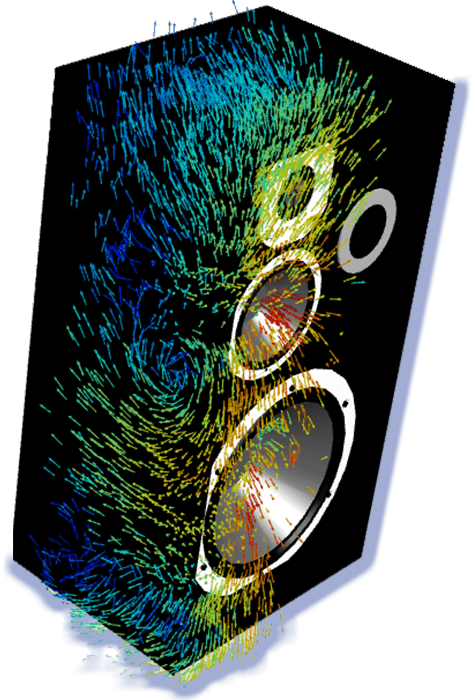
Sound detection and localization
Sound detection and localization
Noise abatement needs localization of sound sources. For that purpose various acoustic methods are existing. Choosing the right technique depends on both the application and the required information. We offer basically two different methods: Beamforming and intensity measurement.
The Acoustic Camera is using the Beamforming algorithm. The method is based on a microphone array which is „focused“ on the different measuring points on the measuring object. It is measuring in so-called far field at a distance of 1 m to 300 m or even more.
A digital camera is used to acquire an image of the noise-emitting object. At the same time an exact defined array of microphones records the sound waves emitted by the object. Dedicated software then calculates a sound map and combines the acoustical and the optical images of the noise source.
The Acoustic Camera can extend the known standard time- and frequency-selective analysis and add a location-selective component. With this method not only the progression of the sound signal is shown but a sequence of acoustic images can be acquired: Acoustic films are generated. The analysis clearly shows which sound sources are active in time and location. Extreme slow motion is possible – up to a resolution of 192.000 images per second if required.
Also intensity measurement technique can be used for source localization. Intensity describes how much sound power emerges through a surface element. It is a near-field method and is used at a distance of 10 to 30 cm from the target. Intensity is a directional quantity and can therefore also determine the direction of emission.
Intensity is measured with an intensity probe. These probes consist of two-phase microphones and are based on the intensity as a product of sound velocity and sound pressure. A big advantage is that the sound intensity can be measured in ambient noise. Intensity allows an accurate determination of the radiated power. The process is time consuming and requires stationary sources.





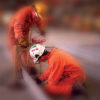 Workplace
Workplace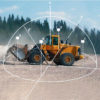 Sound Power Measurements
Sound Power Measurements